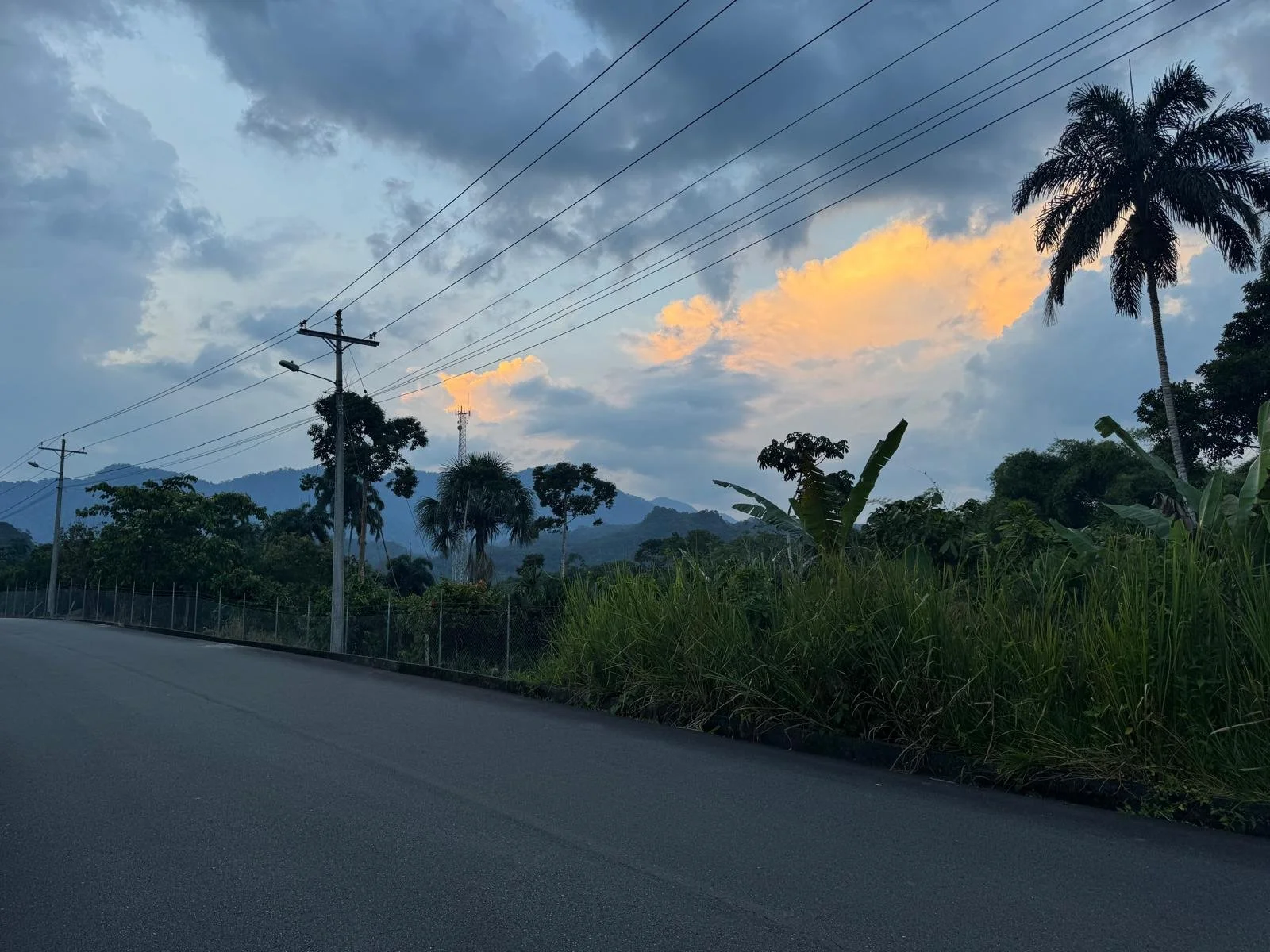Antorcha de Vida is a rehabilitation center and educational facility for special needs children, located right down the street from our house in Sangolquí. The directora Nancy is a wonderful, hardworking woman with a huge heart. Noel introduced me to Nancy my first week in the Manna House in an effort to keep up our relationship with this wonderful foundation. This woman was so sweet, welcoming, and passionate about her cause that I immediately started brainstorming ways we could get more involved in what they were doing. She took us on a tour of the facilities and showed us the beautiful organic gardens that are planted and maintained by the children, their mothers, and the women who work for the foundation. Nicole and I decided to expand our Agriculture Program to volunteer once a week during their agricultural workshops. We are only able to give them an hour and a half of our time on Thursdays, but we are learning a ton about organic gardening. The women are so sweet and appreciative, and working with the niños has been an amazing experience, as well as a lesson in patience.
The kids at Antorcha de Vida have a variety of mental and physical handicaps, which they work on through different types of therapy. We spend the morning helping them pull weeds, water the plants (and often ourselves in the process), and look after the gardens. Keeping the kids occupied and interested in the work can be a difficult task, and our extra sets of hands are definitely useful. One of our favorite kids, Michael, has a problem with his legs and needs to hold onto someone for support when he’s walking. He is in the process of learning to walk on his own, but sometimes gets too excited and needs to be reminded to slow down and take it one step at a time. The kids really seem to enjoy working in the gardens, and love to show us the handfuls of weeds they pull.
My favorite part of the experience is listening to the Ingeniero tell stories (often the same ones) about the political history of Ecuador, the medicinal properties of eggplant, and his grandsons in Miami. This 80-something year old engineer stumbled upon Antorcha de Vida one day, and has been sharing his agricultural expertise with them ever since. His secret formula named MBO (after him of course) is an organic, chemical free, fertilizer that keeps diseases and pests away from the crops. This mixture has done wonders for the plants there, and the women continue to pester the Ingeniero for his recipe. Unfortunately for them, the secret is just for him and his nietos in Miami.
The Ingeniero can recite the same love poem in Quechua, Spanish, and French… but can’t remember our names. He affectionately refers to us as the Señoritas Extranjeras and after several failed attempts to correct him; we have decided to let that one slide. Listening to his stories is an incredible way to learn about the country, and about organic gardening. This man knows everything there is to know about agriculture and herbal remedies. So whether we are mixing secret organic formulas with the Ingeniero, or just walking back and forth with Michael, volunteering with Antorcha is always a beautiful experience.




















